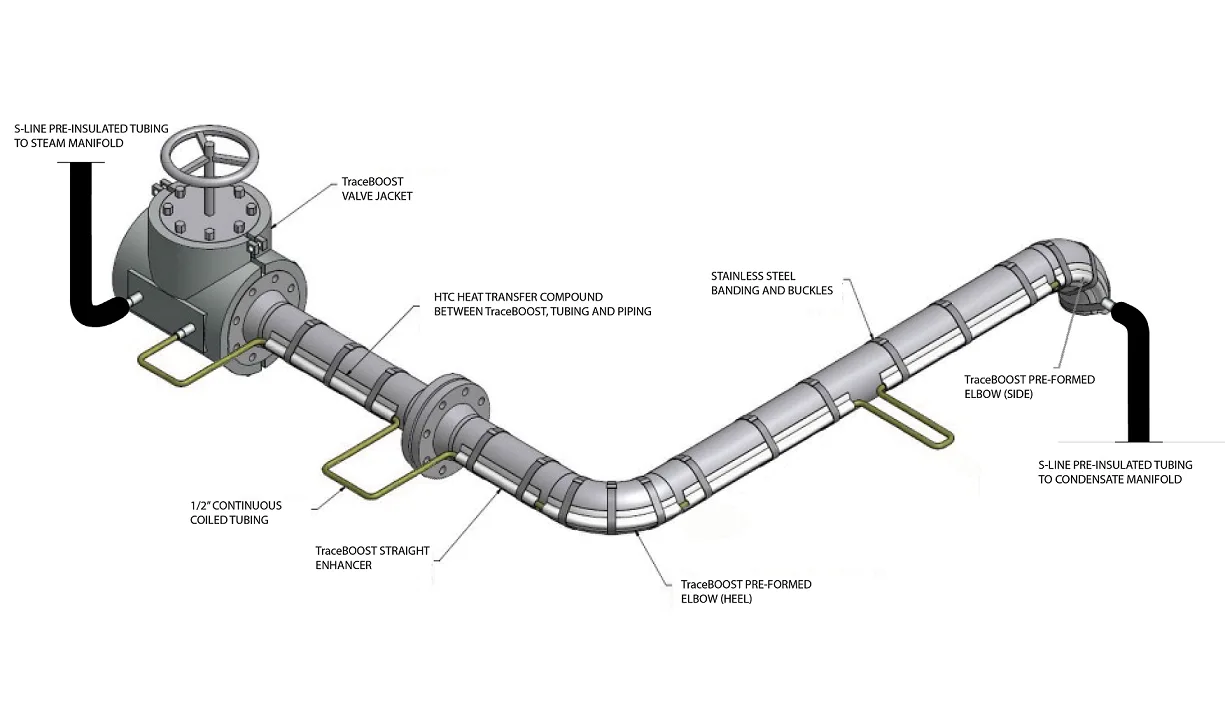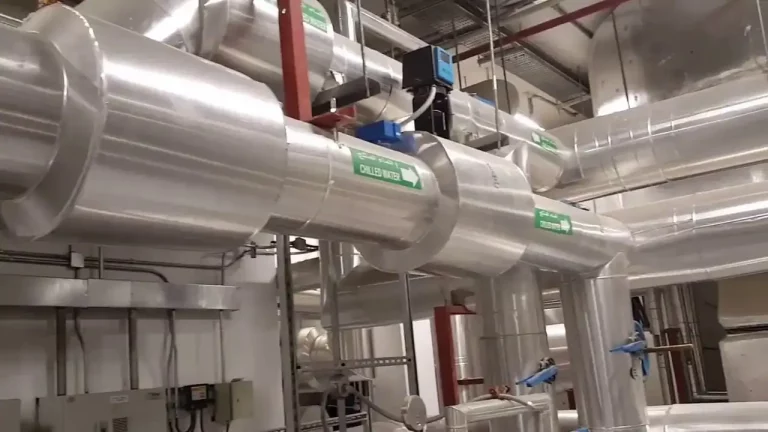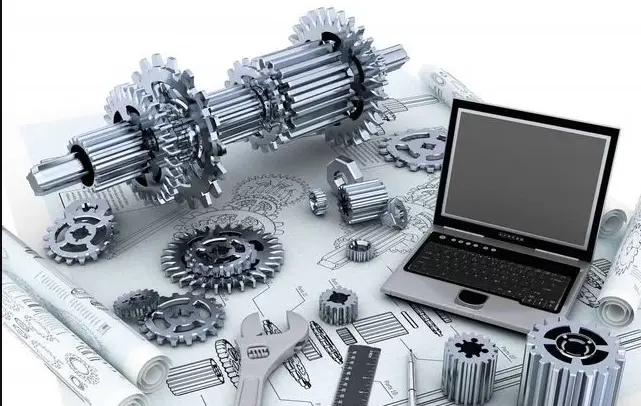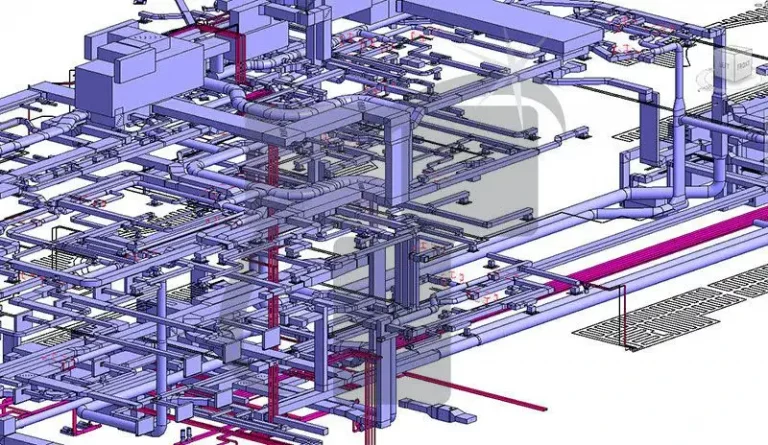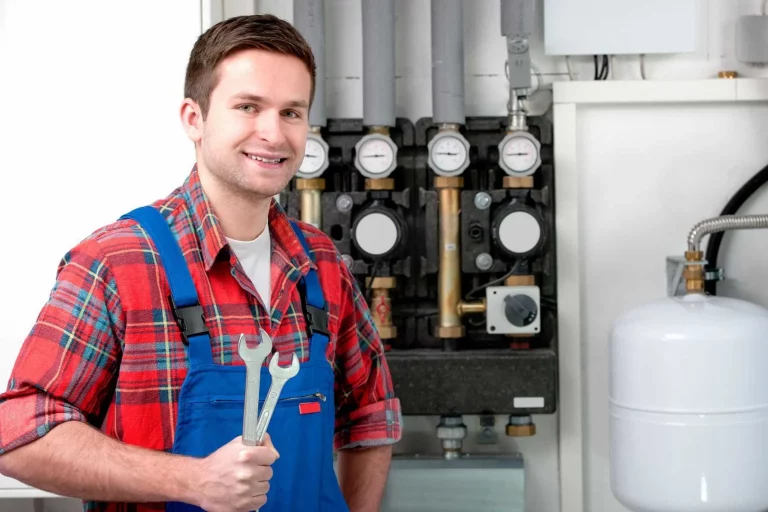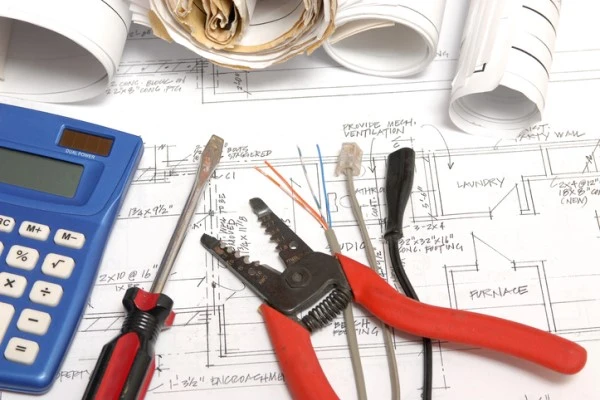How to Calculate Steam Consumption: A Step-by-Step Guide
When it comes to Steam Consumption Calculation, it is essential that the consumption rate is established accurately. For this purpose, you have to measure the pipe sizes as well as other components such as valves and stream traps, to achieve the best possible results.
There are different practices for steam consumption calculation, which can be used to determine its demand. The first method is changing the product or its fluid temperature. The other practice dictates maintaining the product and its fluid temperature.
EXPLORE VARIOUS STEAM CONSUMPTION CALCULATION METHODS AND APPLY THE MOST APPROPRIATE ONE!
Methods of Estimating Steam Consumption
Let’s discuss various methods to Estimate Steam Consumption:
1) Calculation Method
In this method, the heat output is analysed using several equations of heat transfer. This will allow you to obtain a possible estimate. Although there are many unknown variables, the estimates acquired from this method have a high rate of accuracy.
It is important to note that in any heating process, when the temperature of a product increases, the heating component decreases. Thus, the difference of temperature between the heating coil and the product decreases.
Steam Consumption Formula
The most common Formula used for Steam Consumption is as follows:
Q = m Cp dt
Where:
Q is the quantity of heat – kJ
M is the mass of substance – kg
Cp is the specific heat of a substance – kJ/kg
dT is the rise in temperature of a substance – oC
This formula, in its current state, does not account for the heat transfer rate. For calculating the transfer rate, there are two categories of heat exchange applications, which are as follows:
Non-Flow Type Application
In this category of steam consumption calculation, the fluid is kept as a singular batch in a tank. A steam coil will gradually heat the fluid from a low or high temperature, accordingly. The rate of heat transfer is calculated by:
Q = m Cp dt ÷ t
Where t is the total duration over which the process of heating occurs.
Example
Let’s assume a quantity if oil is heated at a temperature of 30 – 120 degree celcius. This is done over a period of 10 minutes (600 seconds). The oil volume is 30 litres with the gravity of 0.8. Its heat capacity is about 1.8 kj/kg. With the standard density of water being at 1000 kg.
So, the mass of oil will be:
0.8 × 30 = 24kg
As per the equation q = m Cp dt:
Q = 24 x 1.8 ( 120 – 30) ÷ 600
Q = 6.48 kj/s
Flow Type Application
It usually involves one of the two, such as shell or exchangers for heat or plate heat exchangers. They are responsible for providing hot water to heating systems. The equation for this category can be applied for any kind of material. But it doesn’t take into account the heat transfer when a change of phase occurs. The quantity of heat provided by this procedure can be derived using the following formula:
Q = ms hfg
Where hfg is the specific enthalpy of steam evaporation
Example 2
A shell containing 400 kg of oil. It is heated at 10 to 40 degrees Celsius for 20 minutes (1200 seconds). The steam used is 4 bar g. The specific heat capacity of the oil is 2 kj/kg.
Hfg at 4 bar g is 2108.1 kj/kg.
Q = m cp Dt / t
Q = 20 kj/s
Ms = Q / hfg
Ms = 20 / 2108.1 kg/h
Ms = 34.2 kg/h or (0.095 kg/s)
2) Measurement method
In this method, the consumption can be directly measured by utilising flow metering equipment. This may provide accurate steam consumption. But it is important to note that this is relevant for an existing plant. On the other hand, if a plant is a work in progress, this method can be insufficient. Thus, Mechanical Estimators are careful in calculating consumption for their clients so that their estimates are always on point.
3) Thermal Rating Method
In this method, the design thermal rating is mentioned on the plant by the manufacturer. These ratings tell the estimated heat output in kW. But the steam consumption that is required in kg/h depends on the steam pressure. If a parameter is changed, this can change the estimated heat output between the design and the actual steam consumption calculation.
GAIN INSIGHTFUL KNOWLEDGE FOR CALCULATING STEAM CONSUMPTION AND NAVIGATE YOURSELF MORE EFFICIENTLY!
How Do Professionals Do It?
When talking about calculating steam consumption, hiring a professional Estimating Company like SMA MEP Estimate is crucial. We know how to estimate the whole process, making it cost-effective for you. As experts aware of all cost components, we plan as per your requirements, ensuring not only cost savings but also that all aspects are covered and streamlined.
Get your project’s steam consumption accurately estimated by the professionals at SMA MEP Estimate today!
Closing Remarks
In the end, the steam consumption calculation can be hectic. To make sure that everything has been accounted for, it is important to be thorough and understand the process in depth. This article can help you with that. As it outlines various methods to calculate the steam consumption of a system. Thus, this article mentions 3 methods with examples for your better understanding.
FAQs
Is it effective to calculate Steam Consumption?
Yes, it is. As it leads to Cost Effectiveness, energy efficiency, and enhanced plant performance
Which is the best method for steam consumption calculation?
This mainly depends on what type of system is being used. But, in general, the best method is direct measurements using flow metering equipment
How can estimators help calculate steam consumption?
They are crucial as they help to determine the suitable amount of steam for different processes.
What are the key components of a steam system?
The key components are boilers, piping, steam traps, valves, control systems, heat exchangers, pumps, and insulation.
How much does it cost to install a new steam system?
The typical range, depending upon the size and complexity, is around $65000 to $325000.

